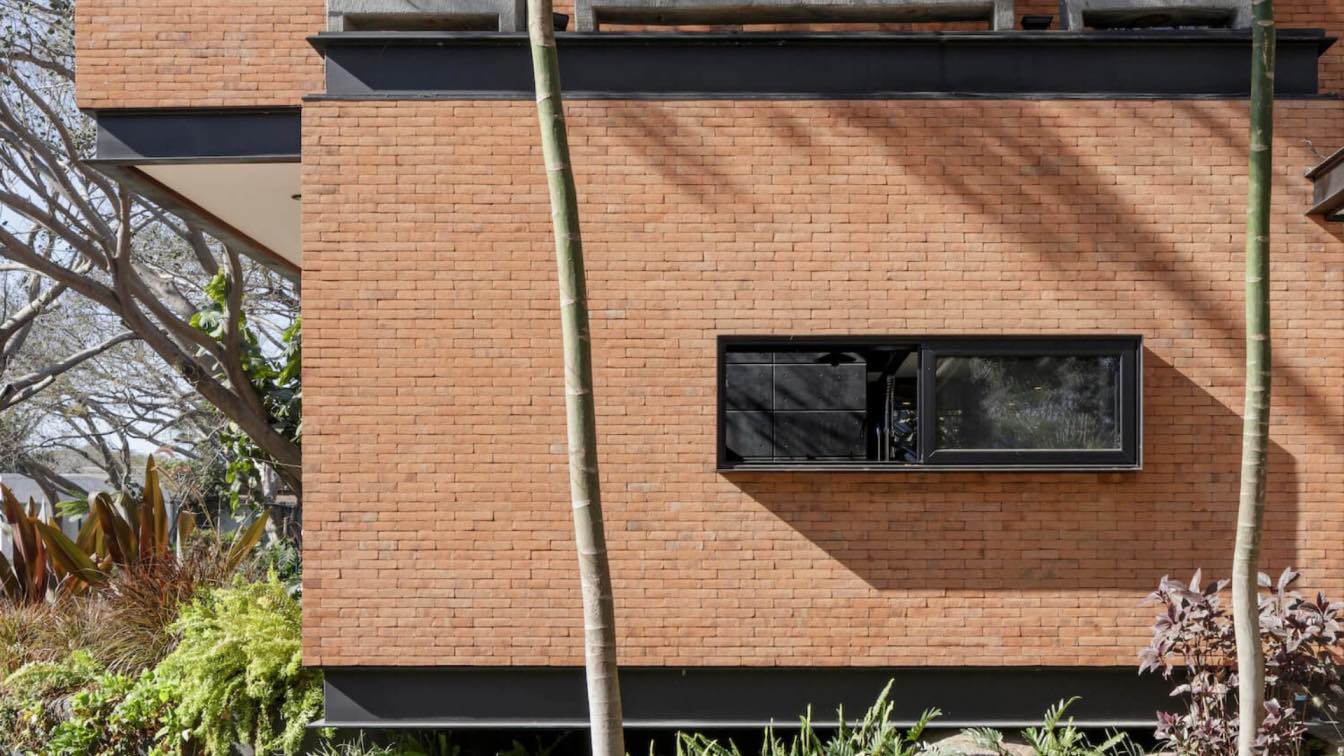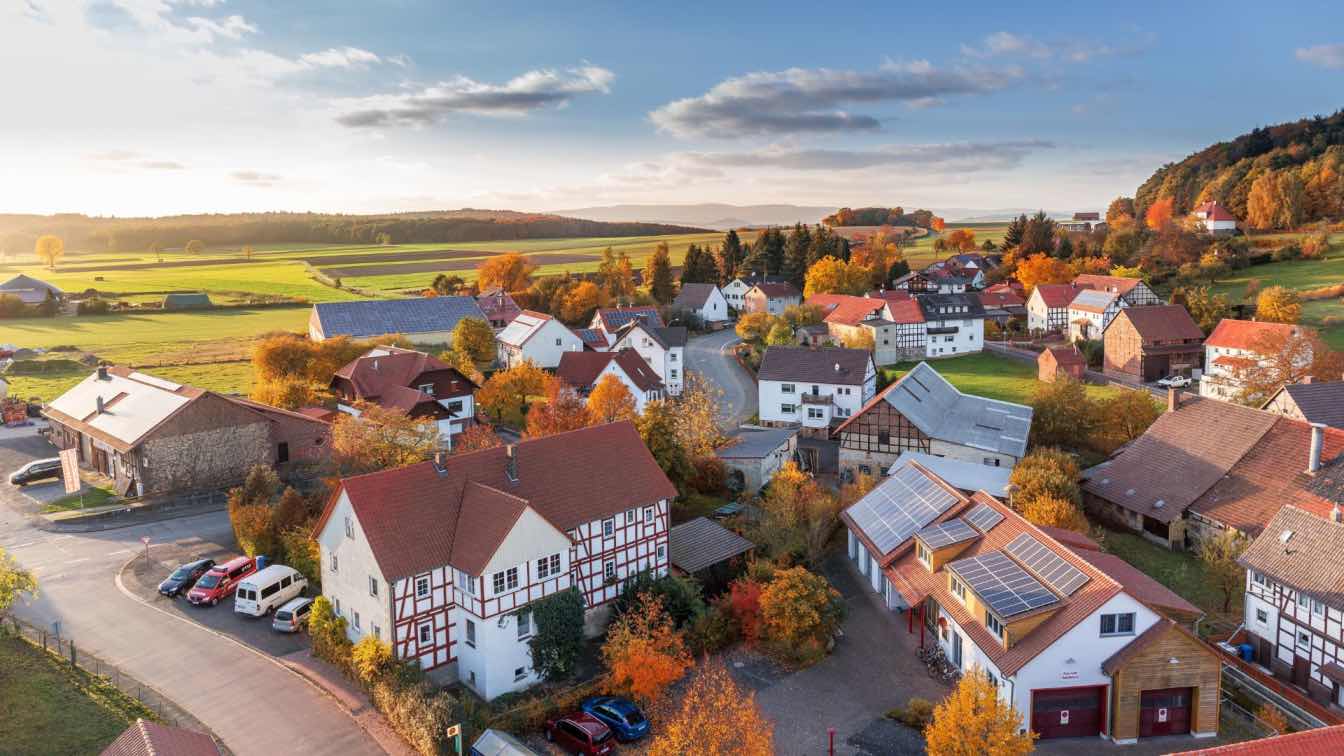For travel bloggers and photographers, temples and churches present a unique challenge. These sacred spaces, which are often actively utilised by members of the local community, require a thoughtful approach to capture their essence without disrupting the sanctity of the environment. It’s a must to respect the privacy and practices of worshippers while taking photos of the area, as well as follow the restrictions of the people in charge of the space.
If you’re travelling soon and want to take pictures of churches and temples, keep these key tips in mind to ensure that you’ll have a smooth photoshoot:
Research the Site
Before setting foot in any temple or church, it's crucial to do your homework. Understand the history, architecture, and cultural significance of the site to gain insight into what makes it unique. This knowledge not only informs your photographic approach, but also helps you identify the most important details to capture. Researching the site will also alert you to any specific rules or customs you need to follow, such as restrictions on photography or areas that are off-limits. By being informed, you’ll be able to plan your shots more effectively and avoid any potential misunderstandings.
Respect Local Customs
Respecting local customs is non-negotiable when photographing places of worship. Remember that each sacred site has its own set of rules and what’s acceptable in one location may be strictly prohibited in another. Some temples and churches do not allow photography during services or in certain sacred areas, while others may require you to seek permission before taking any photos. It’s your responsibility to adhere to these guidelines so as not to be disrespectful. Always ask for permission if you're unsure and be willing to put your camera away if requested.
Visit at the Right Time
Timing is everything when it comes to photographing temples and churches. Early morning or late afternoon often provides the best lighting conditions that can bring out the beauty of the architecture. These times also tend to be less crowded, giving you the opportunity to capture the site without throngs of tourists. Visiting during these quieter periods can also allow for a more peaceful experience. This can help you to focus on your craft without feeling rushed or intrusive.
Capture the Details
While wide shots that capture the grandeur of a temple or church are important, don't overlook the smaller details that make these places special. Intricate carvings, stained glass windows, statues, and other elements often tell a deeper story about the site’s history and significance. By focusing on these details, you can create a more comprehensive photographic narrative.
If you don’t have professional-grade equipment yet, you can always rent a lens and other camera gear from trusted shops. While many smartphones now have impressive photographic capabilities, using a camera with the right lens and attachments is still ideal for taking high-definition, high-detail photos.
Use a Tripod
Tripods can be a lifesaver during temple and church photoshoots, especially given the often-dim lighting inside these structures. A tripod allows you to use slower shutter speeds without the risk of camera shake, ensuring that your images remain sharp and clear. This is particularly important if you’re photographing in areas where flash photography is prohibited. A tripod also gives you the flexibility to experiment with different compositions and angles, helping you to capture the scene exactly as you envision it.
Mind the Composition
Good composition is key to creating compelling images and this is especially true when photographing religious sites. Look for opportunities to use leading lines, symmetry, and perspective to draw the viewer’s eye into the frame. Natural frames, such as doorways or arches, can add depth and context to your shots. Consider the story you want to tell with each image and use composition principles to guide the viewer’s experience.
Include People for Scale
Including people in your shots can provide a sense of scale and add a human element that enhances the narrative of your photos. This is particularly effective when photographing large, imposing structures where the presence of a person can highlight the size and grandeur of the architecture. However, it’s important to be discreet and respectful, especially if the individuals are worshippers.
Be Patient
Patience is a virtue, especially when photographing temples and churches. These sites can be busy with tourists or worshippers, making it difficult to get the perfect shot. However, waiting for the right moment, when the light is just right or the crowd has thinned out, can make a significant difference in the quality of your photos. Sometimes, it’s worth returning to the same spot multiple times to capture the scene under different conditions.
Dress Appropriately
Dressing appropriately when visiting religious sites is a sign of respect. Many temples and churches require modest dress and adhering to these expectations shows that you are considerate of the place’s customs. In some cases, failing to dress appropriately may restrict your access to certain parts of the site and thus limit your photographic opportunities.
Respect Privacy and Sacredness
Respect for privacy and the sacredness of the space should always be a priority when photographing places of worship. Avoid taking photos of worshippers during private moments of prayer or meditation, as this can be intrusive and highly disrespectful. Flash photography, in particular, should be avoided as it can disrupt religious ceremonies and distract people. Finally, always be mindful of signs indicating where photography is not allowed and follow these rules diligently.
Take Multiple Shots
Last but not least, don’t rely on just one or two photos to capture the essence of a temple or church. Take multiple shots from different angles, using various settings, to explore the full range of possibilities. This approach increases your chances of getting the perfect shot and provides you with a variety of images to choose from during the editing process.
Photographing temples and churches is a rewarding experience that requires both technical skill and cultural sensitivity. By following these tips, you can ensure that your photoshoot is respectful and successful and that your final product can capture the beauty and significance of these sacred spaces without compromising their integrity.





